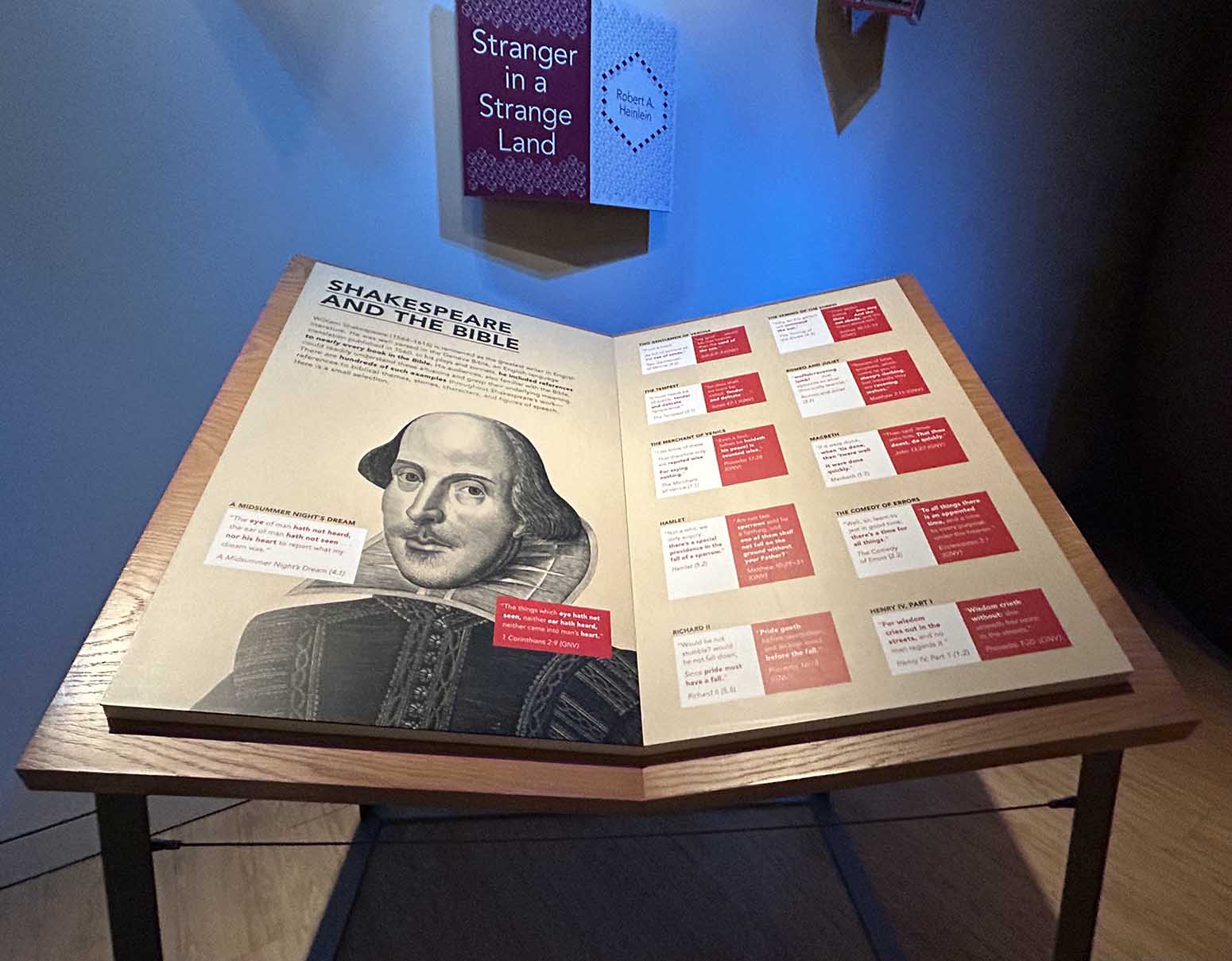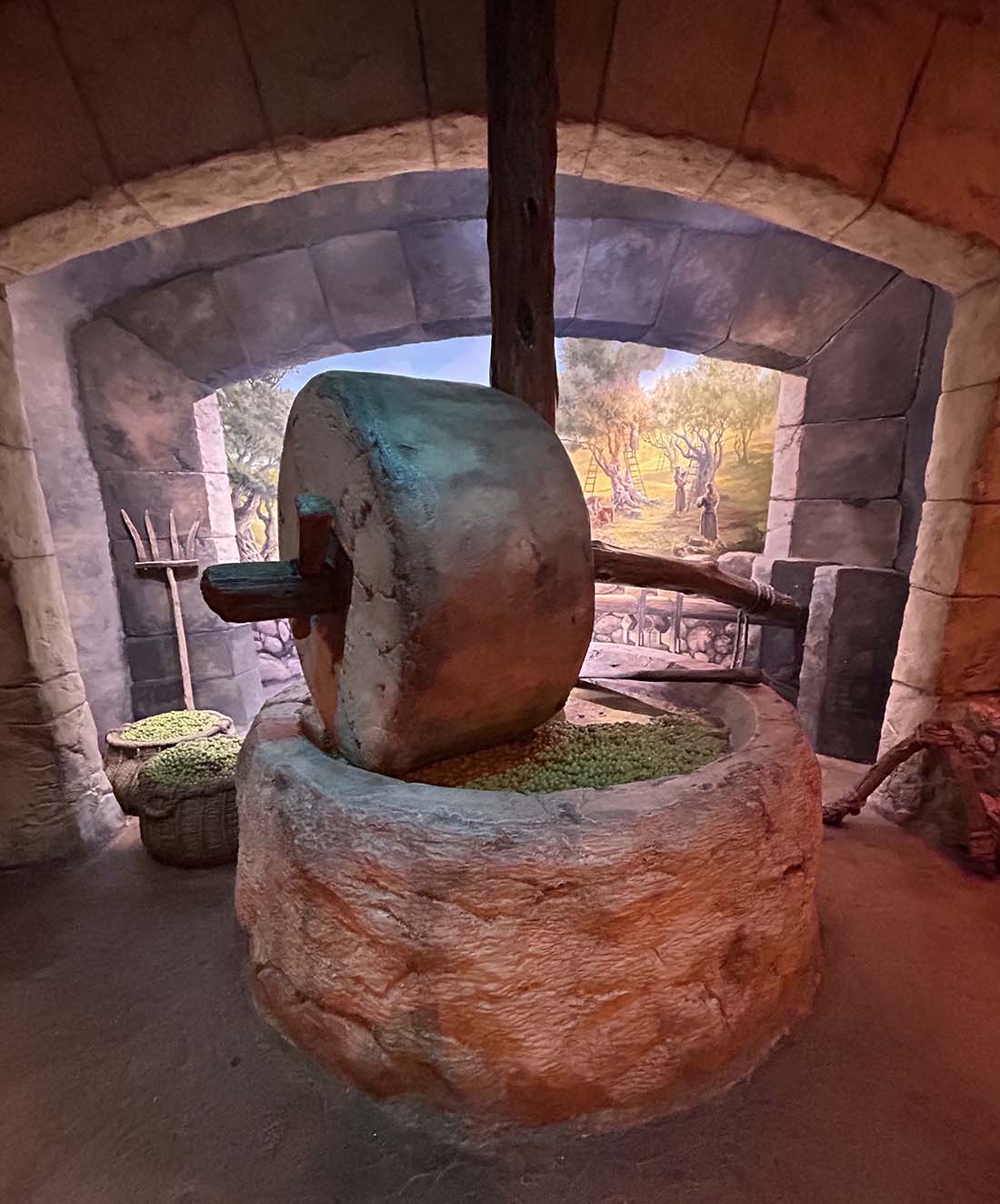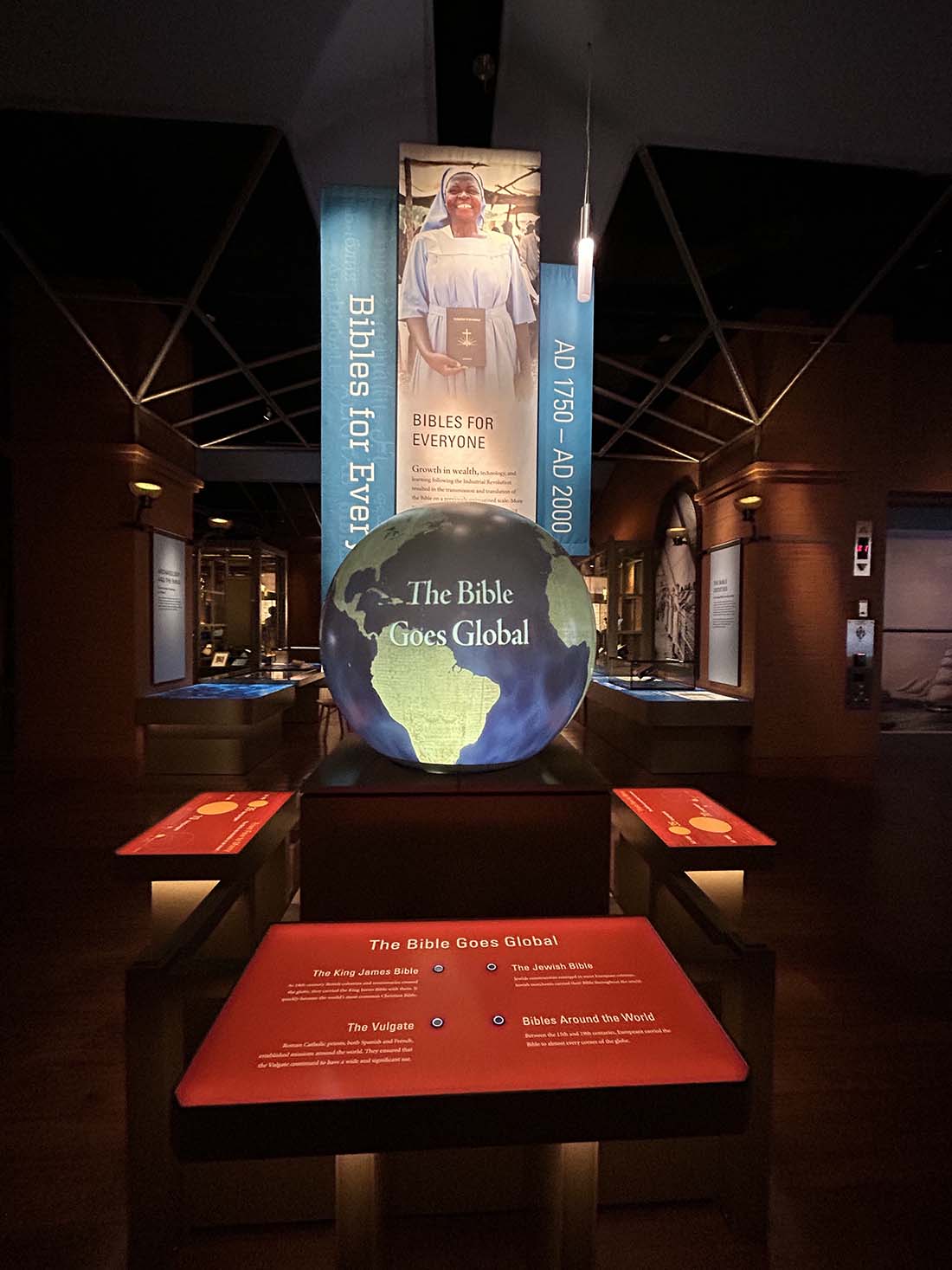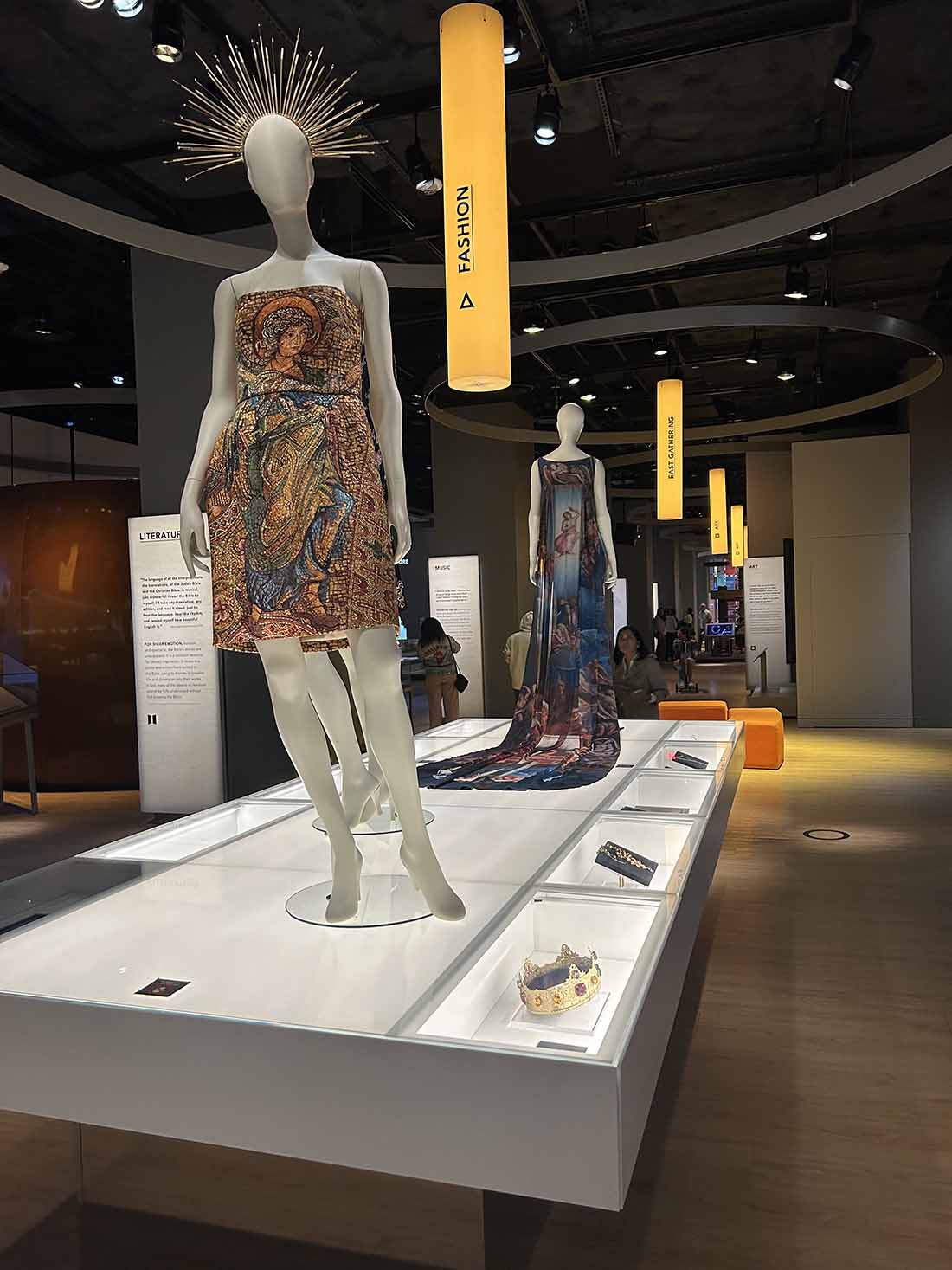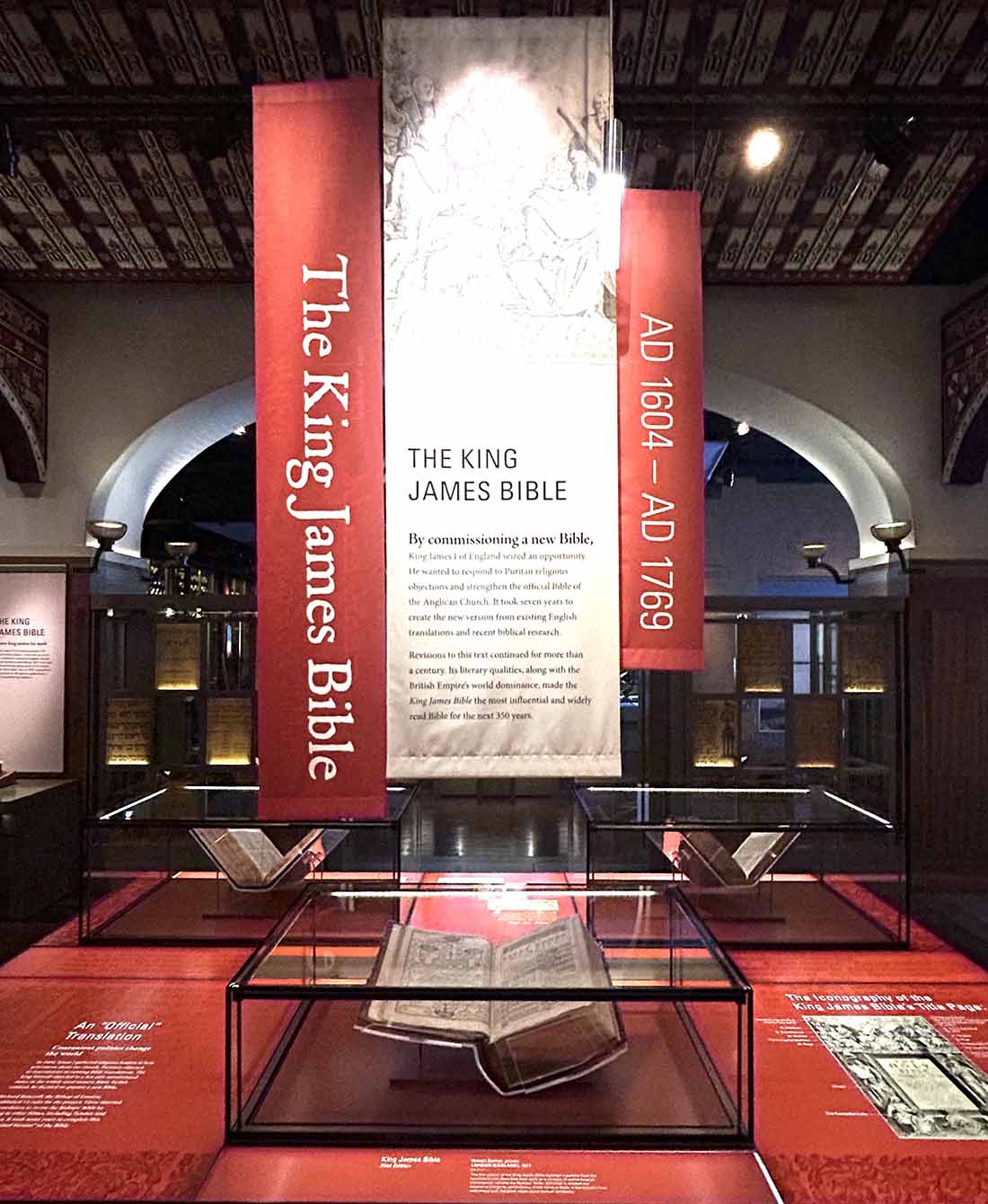The Museum of the Bible and great lessons gleaned from a visit
“Among all the incredible artifacts, YOU are the most precious creation to walk through our doors.” Thus declares a welcoming message as we started to navigate the app that would walk us through an amazing discovery on a recent visit to Washington, DC.
While we had the Smithsonian Institutions with its 17 museums and galleries in mind, the Museum of the Bible, though not part of the network emerged in our search for top visited places in the US and the world.
Was it providential that we were led to enlarge whatever little we know about the most circulated book on earth? Was our visit somehow a literal fulfillment of an evocative biblical passage from Ecclesiastes that “there is an appointed time for everything and a time for everything under the heavens?”
Given that October is dedicated to museums and galleries in the Philippines, we felt it appropriate to broaden our cultural exploration and connect with the celebrations back home.

On the day of our visit, guests of visibly diverse religions and ethnicities lined up for security clearance and entrance tickets. There was a big group of school-aged children, who through their conversation were of Hispanic heritage; veiled or scarf-draped women; men wearing kippahs or the Jewish skullcap; families with young children and a throng of visitors, who may not be affiliated with any religion, yet were as thrilled as we were on what the museum has to offer.
Alongside this scene, I tenderly pictured a contrasting image of how almost a century ago a generation of people (because of their race) was ruthlessly led and left to die in gas chambers, or in recent months, victims of war under horrifying conditions scamper for food and basic survival needs or toward a way out of their homeland to seek refuge.
As war still rages in the Middle East, Ukraine, and elsewhere in the world, the Museum of the Bible symbolically stands as a unifying edifice of faith for nations divided.

The seven-story gallery established in 2017 is said to be a first in the world. A relatively young institution, it charges entrance or membership fees, unlike the Smithsonian where admissions are free.
Like any popular museum, I read about its share of controversy such as the authenticity of the scrolls initially displayed and the provenance of over “5,000 manuscripts and bits of papyrus,” which, as the New York Times earlier reported, were acquired from the black market.
The questionable artifacts were returned to their origins and disputes have been rectified with its founders paying millions of dollars in settlement. It certainly was the right thing to do or the museum’s existence would be a travesty of the very tenets the Bible teaches.
Given that we only had half a day to explore the entire building, we focused on galleries highlighting “The History of the Bible, “The Impact of the Bible,” a permanent exhibition on “The New Testament Experience,” “The Hebrew Experience,” and “Stories of the Bible” with “The World of Jesus of Nazareth” standing out as a crowd favorite.

Among the extensive collections are the original manuscript on papyrus in Greek believed to be segmented from the Gospel of Luke on the parable of the Good Samaritan and an account of Jesus visiting the sisters Mary and Martha in Bethany; an edition of the Latin Bible said to be “printed by Gutenberg’s leading apprentice Peter Schöffer;” a special section on The King James Bible and thousands of rare coins, scrolls, codices and manuscripts dating to as far as 300-400 AD.
I found the gleaming circular section called “illumiNations” most amazing. The work in progress is an exhibition of global Bible translations, which also tracks how many have been translated into various languages and how many more are in the making. We were delighted to discover that among the enormous collections are translations in our languages – Ifugao (Mayoyao) and Ivatan.
Walking through “The World of Jesus of Nazareth” is a snapshot of the landscape and way of life in the time of Jesus. The immersive experience of listening to the parables, imagining how villagers met at vineyards to gather grapes and then lug them to the winepress while festively tramping on the grapes to make wine or how oil is collected from an olive press to light a lamp gives a surreal feeling of how it was like to live in first century Nazareth.

Not only the past is celebrated at the museum. The present finds meaning in the section on “The impact of the Bible.” Here we see how the Bible has largely influenced literature, education, government, work, music, and even fashion.
One particular exhibit is a larger-than-life portrait of Shakespeare and his notable works whose characters, scenes, and narratives have direct references to the Bible. Every musical genre from classical to jazz, rock, and pop likewise contains stories and verses from the Bible, citing songs and artists who had acknowledged its effect on their craft.
In a gallery, we read that the Bible finally landed on the moon on February 5, 1971, with astronaut Edgar Mitchell aboard Apollo 14. The Bible has since become part of the expedition of every Christian or Jewish astronaut.
Amidst our troubled times, warring nations and highly polarized societies is a message at the museum by one of the most revered Presidents of the United States, Jimmy Carter. On the occasion of our visit, President Carter just celebrated his 100th birthday.
His message remains as enduring as his legacy: “Each of us... must rededicate ourselves to serving the common good... Our individual fates are linked, our futures intertwined. And if we act in that knowledge and in that spirit, together, as the Bible says, we can move mountains.”
It is a deeply resonant call, which hopefully world leaders and citizens of the world alike would heed.



